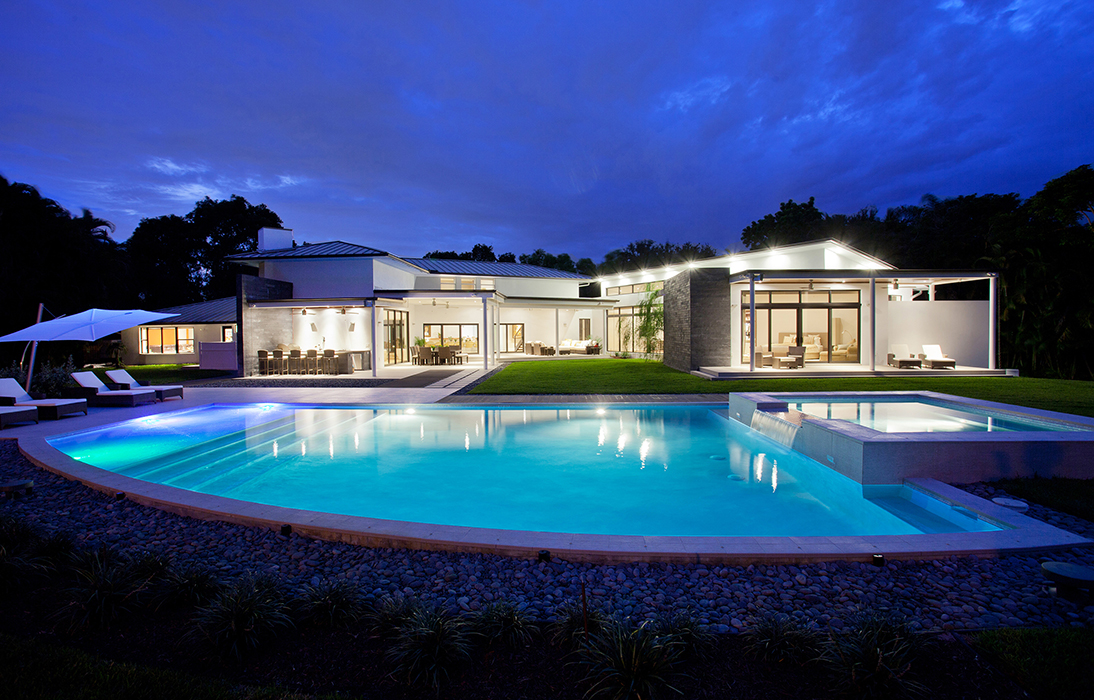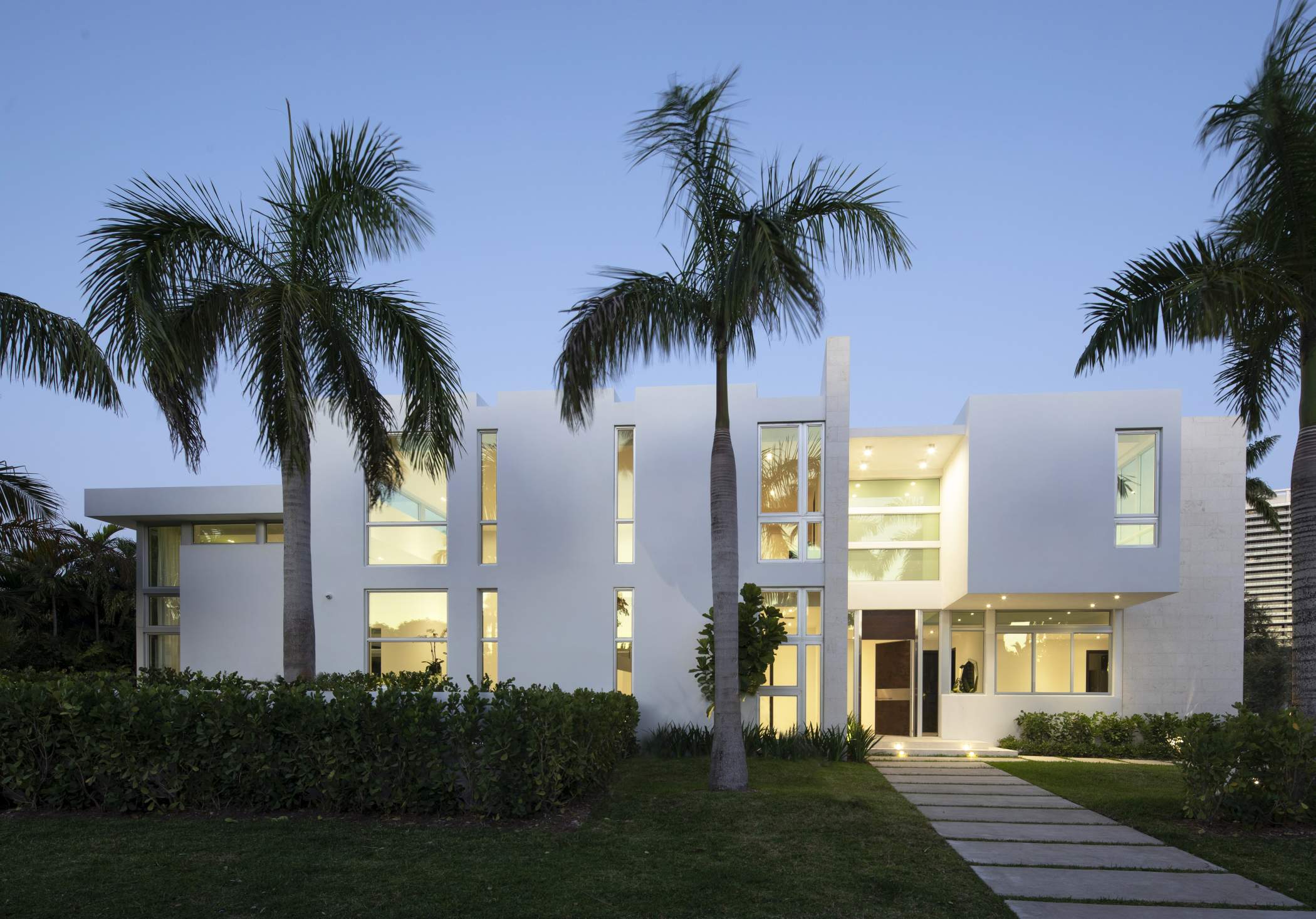We hope this helps in your journey to find your dream home, and if you have any further questions please don’t hesitate to write us!
Remodeling Vs. New Construction
It is commonly believed that remodeling is more cost-efficient than building a new house… And why wouldn’t it be? If you start your project with a fully functional building, isn’t it intuitive that it will be easier, faster, and less expensive to perform some repairs or additions rather than starting from scratch? However, in our experience, this isn’t necessarily true.
Although each case is unique and the specific answer may need experienced assessments, the determining factor is usually the extent of the remodel you wish to perform. This can steer the path one way or the other. In our view, there are 2 very different types of renovations. The first one involves cosmetic modifications primarily such as changing bathroom tiles, kitchen cabinets, and lighting fixtures. The second one involves improvements that directly affect the core construction of the building such as the structural, mechanical, electrical and/or plumbing components.
This is a good example of the second type of renovation…
As an example, if you really like a house, its layout, and the feel of the space, but you’re either not crazy about the materials and finishes or perhaps you’d like to move a wall to create a bigger bedroom; these changes are typically relatively simple and would imply minor alterations to the core construction of the building. However, if instead, you want to raise the ceiling height, increase the size of the windows, add a bathroom, relocate the staircase, and so on; you are modifying the essential components of the house. At that point, the changes are structural, mechanical, electrical and plumbing in nature. Not only do these modifications require much more extensive permitting processes but also you must be prepared for the possibility of major budget swings because once you break the first wall it might be like opening Pandora’s box! You really don’t know for sure what you are going to find and the additional costs this may entail.
Here’s an example of a remodel (existing house to the left) + addition (new wing to the right)
Another important aspect to consider is building codes and regulations. You have to be aware of FEMA’s 50% rule. FEMA (The Federal Emergency Management Agency) is the government agency in charge of establishing the rules and criteria for constructions to avoid flood damage. According to this 50% rule, if the building involved is “substantially improved” (and by “substantially improved” they mean any combination of repairs, reconstruction, alteration, or improvements to a building, taking place during a five year period, in which the cumulative cost equals or exceeds 50 % of the market value of the building prior to improvement); it mandatorily has to be brought into compliance with the current building codes. This could mean getting into extensive construction that could lead to a near teardown of the entire house to be able to bring it up to code.
Examples of these mandatory compliance changes could include raising the slab to the required finish floor elevation, replacing structural, AC, plumbing or electrical components and many others. Since the building code is periodically updated and amended, bringing a house that was built in the 80s or 90s to a code established decades later may be an extremely difficult task and it may be much more cost-efficient to start from zero.
See video below for further details about FEMA’s 50% Rule:
Another very common misconception exists around an important subject, taxes!
Word is that if you are going to tear down a house but you keep even a small portion of it, let’s say one wall as an extreme, the assessed value of the new construction would be much lower than if you have torn down the entire house. This is false. The way the County property appraiser assesses a building is by appraising the full square footage of the new construction as new construction. Therefore, there’s absolutely no benefit in tearing down 99% of an existing house and building an additional 200%, because the new square footage is what will count towards the assessed value of the home, reflected in your real estate taxes.
For more detailed information please visit the property appraiser web page.
Dade County: https://www.miamidade.gov/pa/online_tools.asp
Broward County: http://www.bcpa.net/FAQ.asp
New construction. From foundations to finished building!
Going back to our original question, Should I remodel or build new?
The answer is particular to each individual case. You have to be extremely honest with yourself and determine if you are actually going for a simple cosmetic remodel, or if you are practically bulldozing the entire house and leaving 3 walls standing! This is crucial to be able to determine whether remodeling is the correct option for you and your family or if building a new home might be a much more rewarding alternative.
The most important thing when making a decision of this importance, your future home, is that you end up with a result you absolutely love while keeping you safe financially!
Thank you!
If you are reading these lines it means you went through the entire newsletter and for that, we are extremely happy and thankful!
If you have a special topic about Architecture and/or Design that you would like us to write about on future newsletters please feel free to send us a note at: [email protected].





